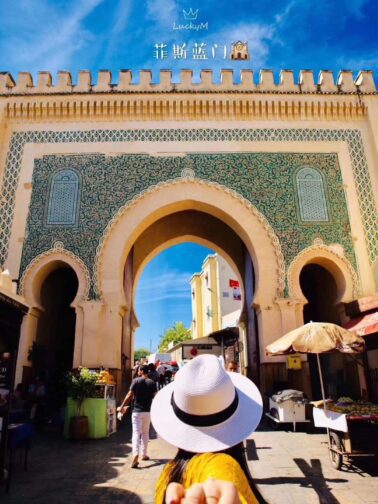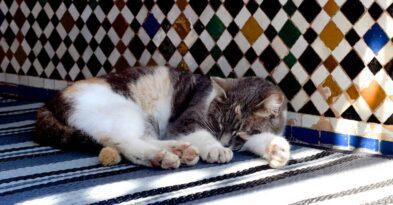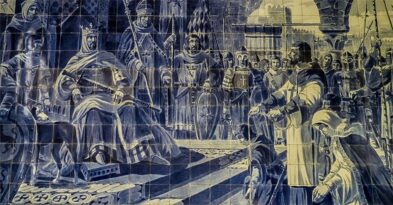What to Wear in Morocco
In any trip, choosing the right clothes is an important factor. This aspect is crucial for ensuring the journey is relaxed and comfortable, always taking into account the climate and local customs.
Climate in Morocco
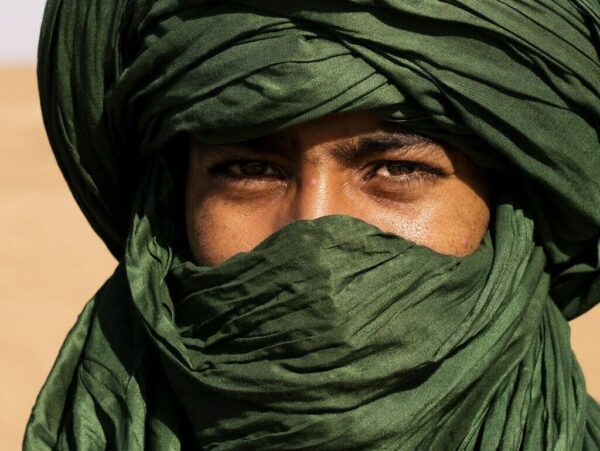
Morocco is a country with a hot and dry climate. Temperatures range from 12ºC to 47ºC throughout the year, dropping to 0ºC on the coldest nights in the Sahara Desert.
However, Morocco is generally hot for most of the year, especially from June to September. It is relatively mild during the rest of the year, depending on the region.
In the more mountainous areas, such as Imlil, High Atlas, and Middle Atlas, snow falls during winter (December to March), and it’s even possible to ski in some of these regions.
During the hottest months, one can retreat to the coastal cities, which benefit from the cool Atlantic breeze, or to the north of the country, where the temperatures are always cooler than in the southern cities, such as Marrakech.
As Morocco is a sunny country, it is always recommended to bring lightweight clothing, as even in winter, temperatures can reach 27ºC during the hottest part of the day.
Nights in the desert can sometimes be cold, so packing a warm jacket is essential to ensure your comfort.
Long sleeves and loose-fitting pants are preferred attire in Morocco to respect local culture.
How the Moroccans dress
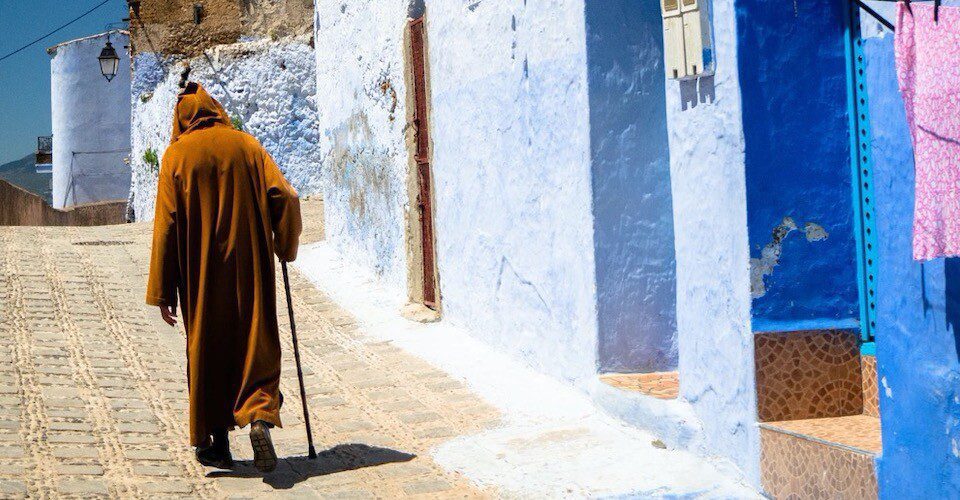
Moroccan traditional clothing is characterized by its vibrant colors, unique and loose cuts, and is also influenced by the Muslim religion.
The main pieces most appreciated by tourists and foreigners are:
Djellaba: A unisex robe or dress in various colors, long and loose, with long sleeves and a pointed hood. Originally made of pure wool, but more recently, versions of it are made from lightweight cotton, which is a cooler alternative for the hot climate.
Gandora: Similar to a djellaba, but with shorter sleeves and no hood. It can be worn by both men and women.
Kaftan: Another type of long, flowing dress that, unlike the Djellaba and Gandora, is only worn by women. They are usually adorned with beautiful braids, beads, and sequins sewn onto luxurious fabrics such as wool, cotton, silk, and velvet. While its use spread among the general population during the Saadian dynasty, it is strongly associated with nobility.
Turban: A long strip of cloth that is wrapped around the head. It is very common in North Africa, India, Bangladesh, Pakistan, Afghanistan, and the Middle East. The numerous ways of tying a turban can represent a social position, the tribe to which a person belongs, and in Morocco, they are commonly worn to protect the face from sand, wind, and the arid desert climate.
Regarding color, there are differences between populations and tribes. The native Berber people prefer colorful clothing, while Arabs dress more austerely and soberly, mainly wearing black and gray tones. Additionally, in the desert and rural parts of Morocco, color patterns in scarves or on the Djellaba are used to identify the tribe to which someone belongs.
What to wear and what to pack?
As previously mentioned, Morocco is a country with diverse temperatures. To ensure comfort throughout your trip, it is always ideal to pack the following items:
- Light blouses, both long-sleeve and short-sleeve
- Loose and comfortable pants, skirts, and shorts
- A warm jacket (for the months between October and April)
- Comfortable footwear for walking
- Swimsuit
- Elegant clothing (if you decide to dine at a more special restaurant)
Other items you should not forget:
- Sunscreen
- Medications such as paracetamol and ibuprofen

